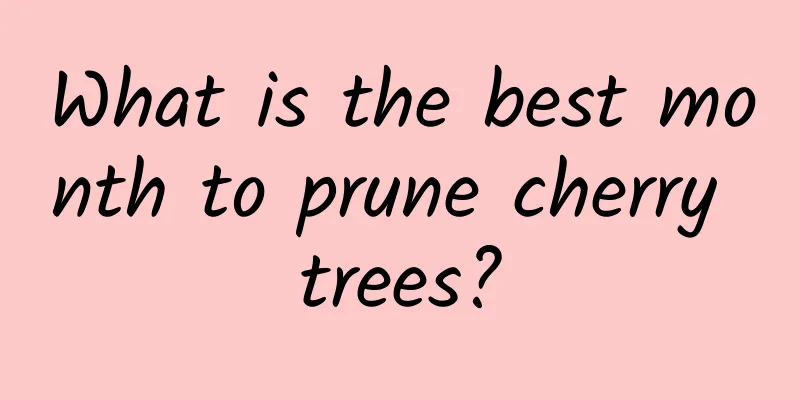How to distinguish between creeper and ivy

Morphological differencesThis is the most intuitive way to distinguish ivyIvy has a woody stem that can be up to 3-5 meters long and has many branches. It has aerial roots. The tender branches are covered with soft hairs and are rusty and scaly. The leaves are leathery and alternate. The umbels are solitary or 2-7 terminal, yellow-white or green-white. The fruit is spherical, berry-like, yellow or red. The flowering period is May to August and the fruiting period is September to November. IvyThe shape of creeper is similar to wild grape vine, and the vine stem can be up to 18 meters long. The cymes are often borne on short branches between two leaves, and are not obvious in clusters. The berries are yellow-green or purple-black, mostly bisexual, monoecious. The berries are small spherical, blue-black when ripe, and covered with white powder. The flowering period is June, and the fruiting period is September-October. The most obvious feature is that ivy has a strong climbing ability. Habit DifferenceWe can also tell who is who from the environment in which they grew up. ivyIvy is highly adaptable to the environment, prefers a relatively cool climate, has strong cold resistance, and is not strict about light requirements. It can grow anywhere, usually in a shady and humid environment. IvyIvy has strong adaptability and prefers shady and humid environment, but is not afraid of strong light. It is cold-resistant, drought-resistant and barren-resistant. It can remain semi-evergreen or evergreen in winter in the south of the warm temperate zone. It is resistant to pruning and afraid of waterlogging. They mostly grow in places with fertile soil and will grow attached to buildings. Distribution differenceThere are some differences in the distribution of creeper and ivy. You can check where you see them. ivyIvy is native to Europe, Asia, North Africa and other places, and is distributed in Central my country, East China, Southwest China, Gansu and Shaanxi. IvyParthenocissus tricuspidata is native to eastern Asia, the Himalayas and North America. It is distributed in Henan, Liaoning, Hebei, Shanxi, Shandong, Jiangsu, Anhui, Zhejiang, Jiangxi, Hunan, Hubei, Guangxi, Guangdong, Sichuan, Guizhou, Yunnan and Fujian in China. Distinction between families and genusivyIvy is an evergreen woody vine belonging to the plant kingdom, angiosperms, dicots, rosida, Apiaceae, Araliaceae, Polygonaceae, and genus Hedera. IvyParthenocissus tricuspidata is a perennial large deciduous woody vine belonging to the plant kingdom, angiosperms, dicots, rosida, vitiales, vitaceae, and genus Parthenocissus. Another point that can be seen from the difference in families is that ivy is an evergreen plant, while creeper is deciduous. |
Recommend
Other propagation methods of pine red plum
Propagation method of pine red plum: sowing metho...
Sugarcane farming method
1. Maintenance methods 1. Substrate selection: In...
How to quickly root Daphne koreana
Osmanthus fragrans is often propagated by cutting...
When is the best time to plant Astilbe
Best time to plant Astilbe It is best to plant As...
How to grow mung beans
1. Land preparation and fertilization The seedbed...
The cultivation methods and precautions of thread iron
How to raise it? Thread iron is suitable for grow...
How to dry persimmons at home? Why do they turn black?
1. How to dry persimmons 1. Selecting persimmons:...
What fertilizer is better for pear trees?
Pear trees are deciduous trees with strong growth...
How to care for hydroponic daffodils
Narcissus hydroponic method If you want to grow d...
What to do if Ji Qiuli leaves fall
Reasons for the leaf shedding of the genus Jiqiul...
How long does the cosmos flower last?
1. How long is the flowering period? The flowerin...
Can succulent leaf cuttings use germination hormone (how to use succulent germination hormone)
Germinin, also known as cytokinin, is a growth ho...
Cutting method of lily bamboo
A complete guide to propagating lily bamboo by cu...
Cultivation methods and precautions of colored calla lily
1. Water It is necessary to water the colored cal...
Do avocados need to be pruned? How to prune avocados?
1. Does it need pruning? Avocado needs pruning. P...









